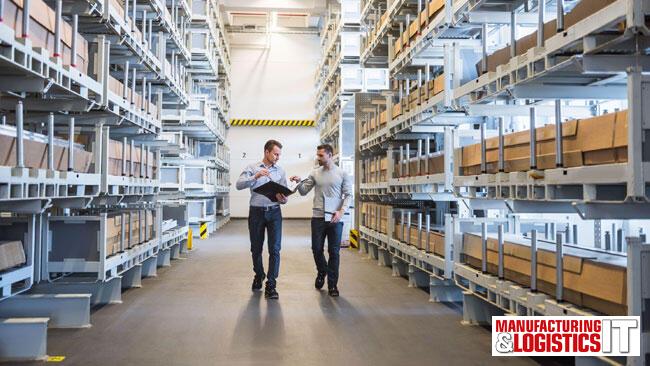As businesses around the UK continue to contend with unprecedented global supply shortages, Thrasio has been quick to assert the importance of a technological-driven approach to supply chain management in order to build resilience.
In one of the biggest threats to the UK economy’s post-pandemic recovery, recent reports1 have revealed that stock levels in shops and warehouses have slumped to their lowest since records began some forty years ago. Indicative of this, in the first few days of September alone, retail powerhouses M&S, Ikea and Wetherspoons all reported major stock shortages on account of supply chain disruption.

According to the expert consensus, the issue, which is a global one, can be attributed to a complex set of factors.
Fundamentally, a shortage of workers and the widespread disruption caused by Covid and Brexit continues to have an effect on global trading. Added to this, unforeseen changes in consumer behaviour have impacted the wider market, as seen in the timber shortage sparked by an increase in lockdown-inspired DIY. Equally, with the global pandemic having left a legacy of booming online sales and widespread remote working, it has become more difficult than ever for retailers to know where to place stock.
In this vein, it becomes more important for businesses to reconsider their approach to supply chain management, says Jim Mann, Director of Acquisitions for UK of Thrasio, one of the fastest-growing acquirers of Amazon third-party FBA brands.
“There is no doubt that it is an incredibly challenging time to be operating in the retail industry, as traders seek to adjust to the emerging ‘new normal’ all while having to contend with the very real threat presented by global supply chain disruption. “Unfortunately, the reality is that this is an extremely complex issue which may not be resolved in the short-term, however there are a number of measures that SMEs can introduce to help safeguard themselves against this in the meantime.
“Fundamentally, it’s about harnessing the power of technology. Planning has become harder than ever with fluctuating costs and fluid shipping times, so the use of technology modelling to monitor sales velocity, support pricing strategy and inventory planning - with a keen eye on supply chain timings and fluid manufacturing costs - is more important than ever. Alongside this, it’s about imparting efficiencies in the supply chain – reviewing existing suppliers, addressing issues and identifying opportunities for local alternatives.”
According to recent reports the current transitory inflationary levels caused, in part, by global supply chain volatility shows no sign of relenting anytime soon. Long-term inflation expectations inched up to 3.5% in August from 3.4% in July, with the Bank of England warning it could reach 4% by end of year.2
Jim adds: “Amid the current challenging economy, businesses, particularly those who may have had to offset extra costs to their customer, will be seeking new ways to standout. By using technology to ensure a much slicker supply chain process, businesses can ensure that they get their products to their customers quicker and easier than competitors, amid continued supply chain volatility.”
1 The Guardian
2 The Guardian

Add a Comment
No messages on this article yet